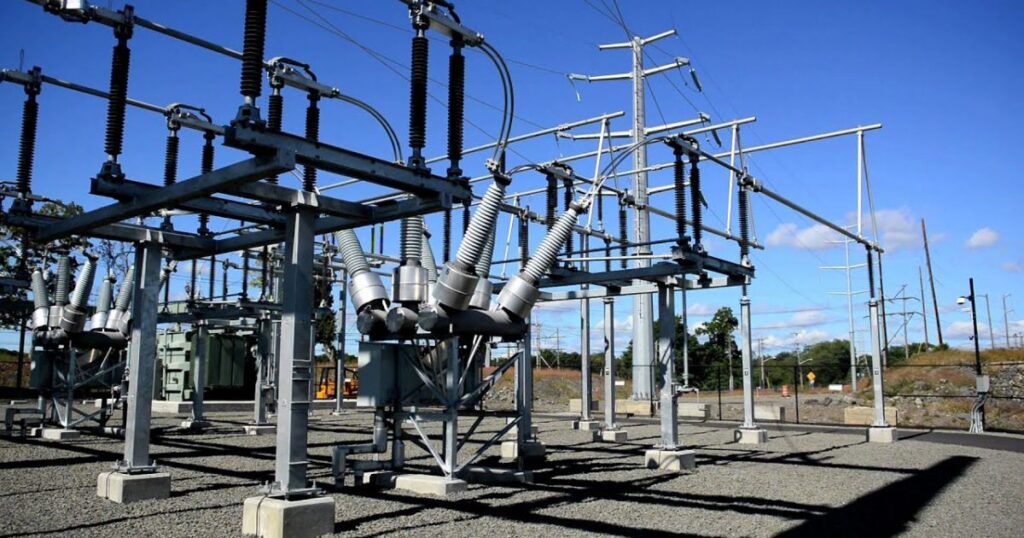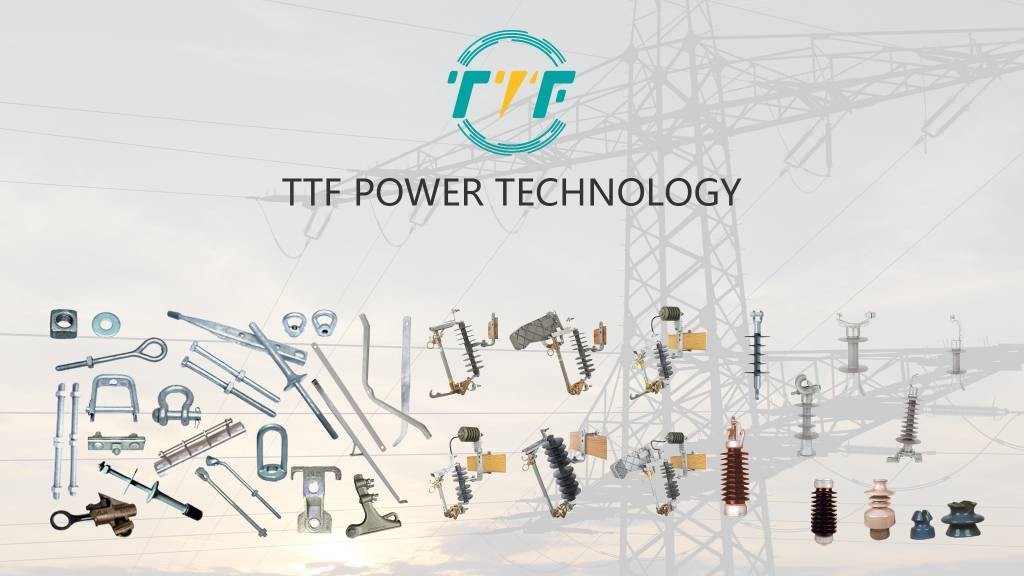
The increasing need to boost domestic supply and integrate renewables is causing Argentina to undergo energy infrastructure expansion. This will reshape the energy sector with impacts on electricity transmission, natural gas production, and renewable energy development. By boosting energy security, cutting costs, and creating export opportunities, the expansions will position the country as a major energy player. Argentina’s power grid is being upgraded to reduce outages, improve efficiency, and support renewable energy integration. The $400M transmission tender expands high-voltage lines to connect wind farms in Patagonia and solar plants to urban centers. The fund also finances smart grid technologies and energy storage to balance intermittent renewable generation. Utility pole bands provide structural support, safety, and durability for utility poles. They are crucial for ensuring reliable electricity distribution.
High-quality pole clamps secure crossarms, transformers, and insulators to utility poles. They also reinforce pole connections in transmission and distribution lines. They are available in various types, including U-bolt pole bands, flat pole bands, and adjustable bands. Crossarm bands secure high-voltage conductors to withstand wind and ice loads. Furthermore, they prevent pole splitting from heavy transformer loads and enable quick repairs. Pole bands aid in mounting solar microgrids, stabilize distribution lines, and support hybrid systems. Pole clamps anchor meteorological sensors and communication devices on towers. They also function in pipeline support structures and temporary power poles in Vaca Muerta oilfields.
Pole bands expanding Argentina’s energy infrastructure
Pole bands are heavy-duty metal straps designed to secure and support equipment in utility poles. This includes transformers, insulators, crossarms, and guy wires. They wrap around the pole and provide a stable mounting point for electrical components. Transmission pole bands anchor guy wires and stabilize poles that support transmission lines. They enable faster deployment, safer grids, and resilient power distribution in Argentina’s grid expansion. The following are the roles of pole bands in expanding Argentina’s energy infrastructure.

- Enhancing rural electrification—utility poles are crucial for extending grid access in Argentina’s remote areas. Utility pole bands enable the fast and secure attachment of insulators and hardware. This is to ensure reliable service to the regions.
- Supporting renewable energy distribution—pole bands are crucial for mounting distribution components that route renewable power to the main grid.
- Grid modernization—the forged pole bands help with the installation of sensors, switches, and line monitoring devices. This is crucial in Argentina’s growth in wind and solar farms in Jujuy and Patagonia.
- Improved load distribution—pole bands provide even load distribution to reduce stress on the pole and cut the risk of tilt or failure. Corrosion-resistant pole clamps are essential in high-tension environments like transmission strips.
- Fast infrastructure deployment—pole clamps allow modular installations by attaching components without drilling or invasive fastening methods.
Key barriers to expanding Argentina’s energy infrastructure
Argentina aims to modernize its power grid, harness renewable resources, and boost energy exports. The country has vast energy potential in the Vaca Muerta’s shale gas and Patagonia wind power. It, however, faces challenges such as technical, financial, environmental, and regulatory challenges. To tap into the full potential, Argentina should address infrastructure challenges, streamline regulations, and attract investments. Discussed below are the challenges facing the expansion of Argentina’s energy infrastructure.

- Aging infrastructure and distribution networks—insufficient transmission capacity makes it difficult to transport energy from remote wind and solar farms. Renewable energy projects face limitations due to lack of grid access.
- Technological & skills gap—there is increasing demand for technical expertise with the adoption of smart grid technology, advanced sensors, and digital energy management. This leads to slower integration of renewables and smart systems like load balancing.
- Environmental and social concerns—there is increasing pressure to ensure energy expansion is efficient, fair, and sustainable. This leads to legal challenges, community opposition, and reputational risks for energy companies.
- Regulatory hurdles—expansion of the energy infrastructure may stall due to slow permit processes, overlapping jurisdictions, and inconsistent regulations. This results in reduced investor confidence and slow mobilization of new energy projects.
- Limited capital investment—Infrastructure projects need large upfront investments, which are difficult to secure. Slowed project rollouts, delays in grid upgrades, and underdeveloped potential in Vaca Muerta and renewable-rich regions result from limited access to capital.
- Geographic challenges—the construction of pipelines, transmission lines, and renewable installations needs heavy-duty materials like pole bands. This is due to the diverse geography from Andean highlands to vast Pampas and remote salt flats. This may attract higher infrastructure costs and longer project timelines in hard-to-reach areas.
